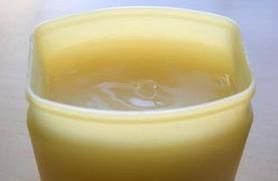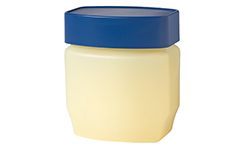If you're looking for an excellent, cheap moisturizer, look no further than your medicine cabinet for a tub of petroleum jelly, known by its brand name Vaseline.
Moisturizers are often categorized into three classes: occlusive, humectant, and reparative, according to dermatologist Hanan Taha, MD.
Advertisement
Occlusive moisturizers include petrolatum aka "petroleum jelly," mineral oil, triglycerides, sunflower oil, soybean oil, jojoba oil, evening primrose oil and olive oil. Though occlusive moisturizers can ease dry skin, they're also somewhat greasy and not something you'd wear to work or out with friends, explains Dr. Taha. Instead, apply them at night so they have time to seep into your skin or during the wintertime when the air is especially dry [source: FutureDerm.com]
Humectants, like glycerin and lactic acid, draw water from lower levels of the skin to the surface, giving you a soft and supple complexion. They are also lighter and cosmetically more appealing, so they are ideal for summer and during the daytime. [source: FutureDerm.com] Reparative moisturizers have both occlusive and humectant properties, but they also work by repairing the damaged skin barrier and adding back in any lost nutrients. [source: FutureDerm.com]
However, if you have dry skin, it's best to go with Vaseline. "Petroleum jelly is a fantastic moisturizer because it's a great occlusive," says Dr. Joshua Fox, Medical Director of Advanced Dermatology PC. It's like putting plastic around the skin, he says, locking moisture in.
Advertisement


